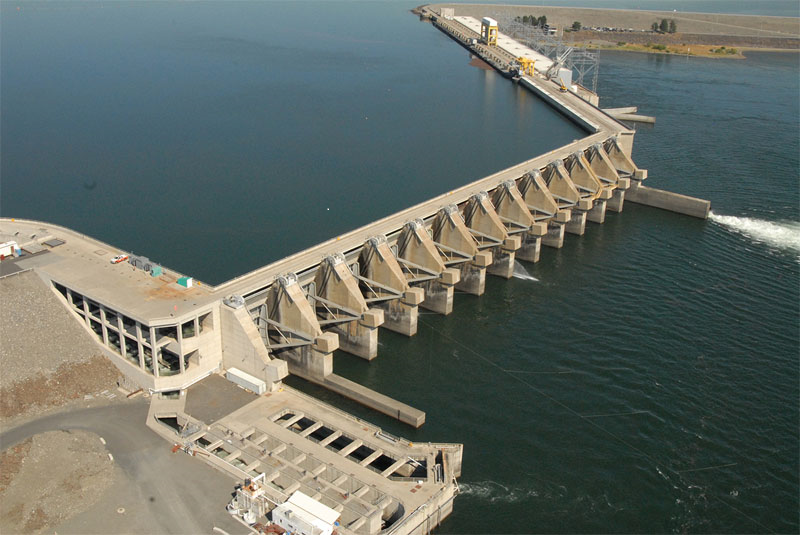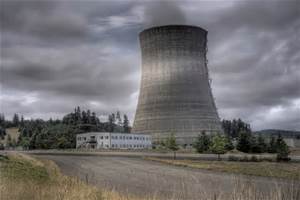I have been blogging lately about Washington State’s SSB 5591. This is a bill that calls for Washington Legislature to consider the possibility of building additional nuclear reactors to supply energy for Washington State residents. Today I am going to discuss the senate debate over the bill that took place on February 12 of this year. The proponents of the bill claim that “nuclear power is a safe, reliable, cost-effective and carbon-free source of electricity.” Opponents of the bill beg to differ.
Dean Atkinson of Energy Northwest is a supporter of the bill. Energy Northwest, which used to be known as the Washington Public Power Supply System (WPPSS), is the owner of the Columbia Generating Station at Hanford. It is the only operating nuclear power plant in the state of Washington. This is to be expected, especially since the idea of location future nuclear power reactors at Hanford has been suggested as a good idea. Given all the problems at Hanford, I am not enthusiastic about this possibility.
Back in the 1950s, there was a push for nuclear power in Washington State. Washington Public Power Supply System (now known as Energy Northwest) started a state-wide nuclear power plant construction project. There were plans to construct five nuclear power generation stations around the state but only one plant was finished and put into operation; the Columbia Generation Station at Hanford. Construction on the other plants was halted in 1982 due to design issues and the fact that the estimated cost of construction had risen from sixteen billion dollars to twenty four billion dollars, a fifty percent increase.
When construction was halted, WPPSS defaulted on two billion two hundred and fifty million dollars worth of bonds, the biggest bond default in U.S. history at the time. The money had already been spent on the reactors which had been abandoned. The current debt of the project, including the Columbia Generating Station, is five hundred four hundred million dollars. The debt is owed by the Bonneville Power Administration which was the original backer of the bonds. The debt is being repaid by Washington State ratepayers.
Senator John McCoy, D-Tulalip, offers moderate support for the bill. He has made public statements to the effect that it will be very difficult for the proponent of the bill to convince the citizens of Washington State that nuclear power is a good choice for Washington’s future. He also raised the issue of problems finding investors who would be willing to support such nuclear projects.
Senator David Frockt, D-Seattle, said “I have a problem with a definitive statement by our Legislature that this is a safe industry.” People who testified at public hearings also felt that the definitive statement at the beginning of the bill was premature and that part of any study should be to verify the claim that “nuclear power is a safe, reliable, cost-effective and carbon-free source of electricity.” Others pointed out that Hanford is still terribly contaminated with radioactive materials and that Washington and the Federal Government should clean it up before we build any more reactors for power generation.
Cooling tower for abandoned WPPSS reactor project in Satsop, Washington.






